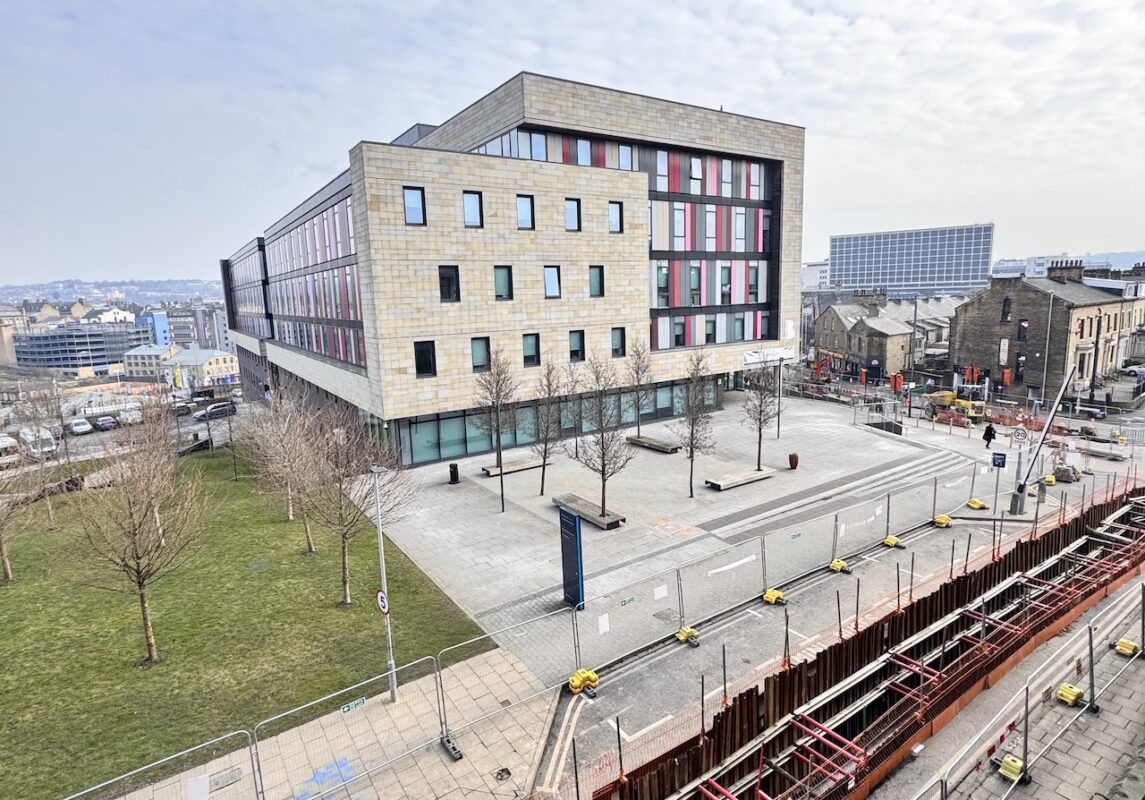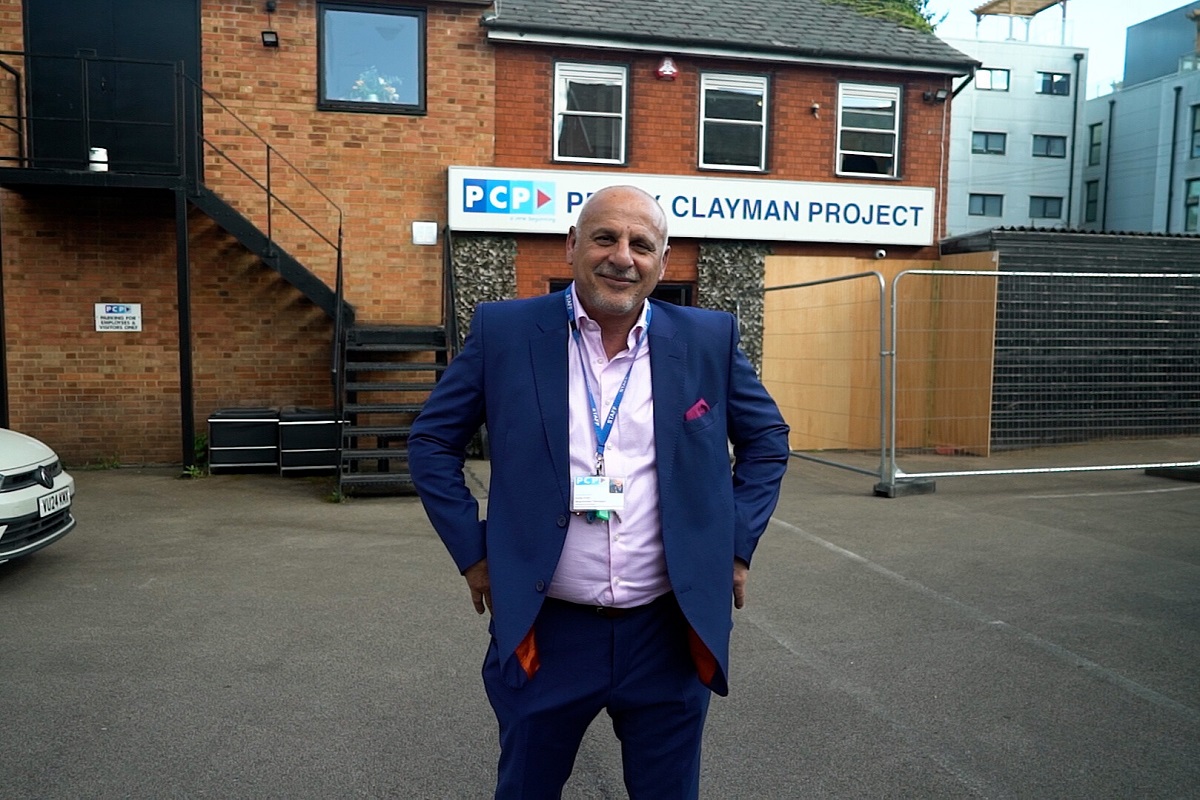How The Language of Learning Can Transform Apprenticeship Delivery

Just as a skilled musician adapts their performance to their audience’s preferences, trainers must adapt their language to resonate with learners’ unique motivations.
In the ever-evolving landscape of education and training, the concept of “one-size-fits-all” no longer holds sway. In today’s diverse learning environments, recognising and harnessing the unique motivations of each individual is key to fostering successful outcomes. The language we use, our choice of words and the benefits we highlight all play a pivotal role in motivating learners.
Understanding and tailoring our approach to individual motivations can significantly impact retention rates, reduce the number of learners beyond planned end-date and ultimately lead to improved achievement rates. It is therefore important to understand the power of the language of learning and how it can transform apprenticeship delivery.
Personalised motivation
Everyone is different and so are their motivations for learning. Recognising and acknowledging these differences is essential to creating effective learning experiences. Just as a skilled musician adapts their performance to their audience’s preferences, educators and trainers must adapt their language to resonate with learners’ unique motivations.
Recruiters’ role
The journey to successful learning begins with recruitment. Recruiters have a critical role to play in understanding a learner’s motivation right from the start of their programme. By delving into the learner’s aspirations, interests and career goals, recruiters can gather valuable insights. Armed with this knowledge, educators can tailor their language to connect directly with what motivates the learner.
Adaptive teaching
Skilled educators possess a deep understanding of their respective fields. This expertise extends beyond the subject matter itself; it encompasses the language and concepts that resonate within a particular industry. These educators adapt their language, framing their teachings in a way that directly relates to the learner’s professional goals. This alignment between the learner’s objectives and the curriculum helps maintain engagement and enthusiasm throughout the learning journey.
Progress review
Progress reviews are a crucial checkpoint in a learner’s educational journey. To ensure they are meaningful, it is vital to speak the learner’s language. Asking open-ended questions about their workplace experiences, challenges and aspirations allows educators and progress reviewers to gain insights into the learner’s mindset. It’s about active listening and picking up on cues that reveal the learner’s motivations.
Driving achievement
The language of learning is a powerful tool to boost motivation. When educators, progress reviewers and mentors speak the learner’s language, they inspire and ignite a sense of purpose. Learners who feel understood and supported in their educational journey are more likely to stay engaged, complete their programmes on time or even exceed their own expectations.
Reducing cases of out-of-funding
One of the major challenges in education and training is the issue of out-of-funding cases or learners going beyond their planned end dates. Often these situations arise due to a lack of alignment between the learner’s goals and the programme’s structure. By listening attentively and understanding a learner’s or employer’s motivations, education providers can use the right language to drive quality and learner progress. This in turn can dramatically reduce the number of out-of-funding cases.
Conclusion
The language of learning is a potent tool that is too often underutilised. In an era where customisation and personalisation are highly valued, understanding and catering to individual motivations is crucial. By actively listening, adapting language and connecting with learners on a personal level, educators, recruiters and progress reviewers can significantly impact learner success rates.
Motivation is the driving force behind achievement and the language we use can either stifle or fuel that motivation. In the quest to empower learners and foster positive outcomes, let’s remember the transformative power of the language of learning.
By Kerry Boffey, Fellowship of Inspection Nominees (FIN)
FE News on the go…
Welcome to FE News on the go, the podcast that delivers exclusive articles from the world of further education straight to your ears.
We are experimenting with Artificial Intelligence to make our exclusive articles even more accessible while also automating the process for our team of project managers.
In each episode, our thought leaders and sector influencers will delve into the most pressing issues facing the FE sector, offering their insights and analysis on the latest news, trends, and developments.











Responses